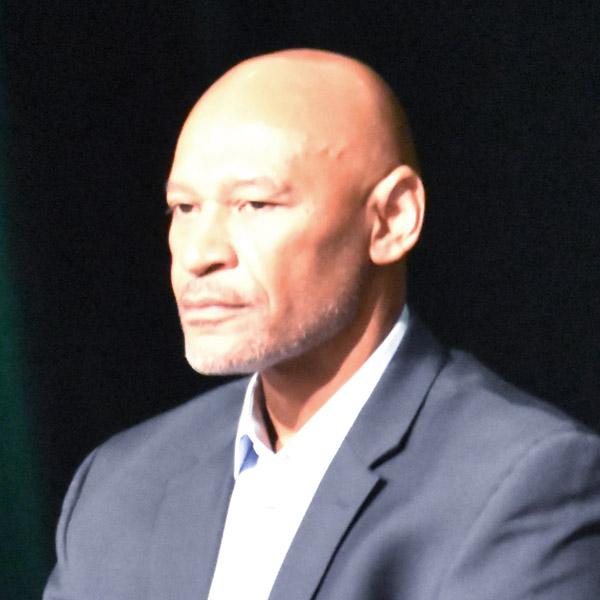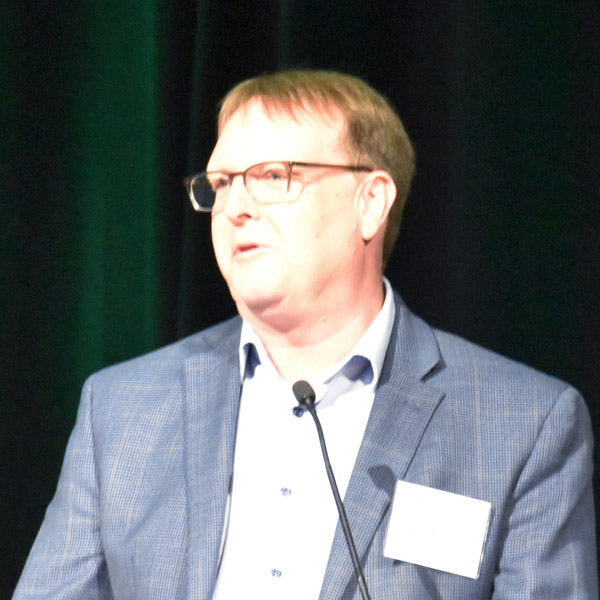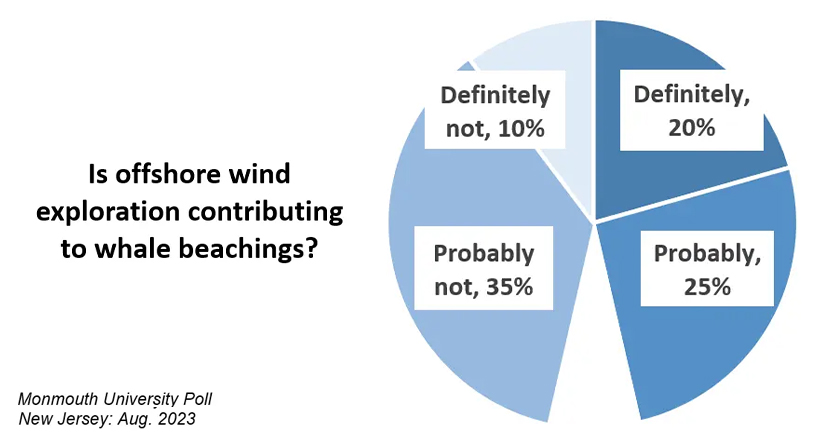MISO’s Independent Market Monitor took his concerns to stakeholders last week over what he deems unrealistic fleet assumptions in MISO’s long-range transmission planning.
MISO Independent Market Monitor David Patton delivered a presentation at an Aug. 31 long-range transmission plan (LRTP) teleconference to let stakeholders know he’s concerned MISO’s long-range transmission planning could upend market functions. He said the issue is serious enough for him to delve into MISO’s transmission planning matters when usually he’s confined to market matters.
“The performance of the market is greatly impacted by out-of-market investments … coordinated by MISO,” Patton said. He said overblown transmission investments can “fundamentally” affect locational marginal prices and ancillary services.
Patton said the capacity expansion prediction MISO is using to develop its second LRTP portfolio contains an overestimated amount of intermittent, renewable generation and an exaggerated amount of dispatchable generation retirements.
“Planning to that future, I think is highly problematic,” Patton said.
MISO would come up with a “very different set of future transmission needs” if it includes a more realistic fleet projection that includes battery storage, hybrid storage, and renewable resources and new natural gas generation, he said.
Patton’s criticisms are contained in this year’s State of the Market report. He also appeared in front of MISO board members to critique MISO’s transmission planning future. Board members have questioned Patton’s departure from markets into transmission planning. (See “LRTP Doubts,” MISO IMM Zeroes in on Tx Congestion in State of the Market Report.)
Minnesota Public Utilities Commission staff member Hwikwon Ham said he had serious concerns with Patton’s critique of transmission planning. He asked what’s keeping the IMM from weighing in on states’ integrated resource planning, because that also affects MISO markets.
Ham said MISO’s second LTRP portfolio’s assumptions are based directly on states’ emissions reductions plans.
“You are directly defying that outcome,” he said.
American Transmission Co.’s Bob McKee agreed MISO’s futures use “actual” state plans and planned retirements.
Patton said he wasn’t trying to question state directives. But he said his analysis shows a 2040 fleet mix that contains 108 GW less solar and wind resources than MISO is planning for. He said MISO states still could achieve their official emissions reduction targets even with the absent, hypothetical intermittent resources. Patton said he didn’t account for “announcements made by governors that may or may not make their way into legislation.”
MISO expects it will add 369 GW of new, mostly renewable resources by 2042, bringing its total installed capacity to 466 GW. However, only 202 GW of that capacity is accredited; staff assumes a declining effective load-carrying capability for the renewable additions. (See MISO: Long-range Tx Needed for 369 GW in Interconnections.)
Patton also said he found MISO’s forecast that it will have 29 GW of flexible resources — including green hydrogen, long-duration battery storage, small modular nuclear reactors and reciprocating internal combustion engines — highly unrealistic. He questioned whether those technologies will be commercially available by the 2040s.
Patton also said half of MISO’s 13 states don’t have definitive decarbonization mandates. He said MISO shouldn’t assume members don’t build dispatchable gas resources between now and 2030.
But some stakeholders said they viewed Patton’s view as more environmentally harmful and more expensive to ratepayers, because of an expansion of gas infrastructure. Some also said it was disrespectful for Patton to show up to a planning meeting so late in the game to advocate for a rethink of MISO’s transmission planning future.
Patton said he will make a point to participate in MISO’s LRTP benefit analysis going forward.
Sustainable FERC Project attorney Lauren Azar said she worried Patton’s transmission analysis based on a concern for the market is shortsighted because the market only sends short-term signal and doesn’t indicate “the type of grid we’re going to need in 2042, or even 2035.”
“MISO is [a] leader in the nation in building 20 years out,” Azar said.
But Patton warned about the dangers of overbuilding transmission based on a flawed view of future capacity.
“If we adopt a future that’s not realistic, I don’t think we can be confident in that,” he responded.
Southern Renewable Energy Association’s Andy Kowalczyk asked Patton to consider MISO may be running the risk of underbuilding the transmission system, which also would raise costs for ratepayers. He said he didn’t think battery storage would “absorb” the need for new transmission because it still needs to charge from and dispatch to the system.
Sustainable FERC Project’s Natalie McIntire said she was skeptical of Patton’s analysis that MISO states could achieve a dramatic, more-than-90% carbon reduction by 2042 while removing 108 GW of renewable energy from the equation.
But North Dakota Public Service Commissioner Julie Fedorchak said she thought it was worthwhile for Patton to question MISO’s fleet assumptions when the second LRTP portfolio could cost as much as $30 billion.
“We absolutely need more analysis instead of less,” she said.
Mississippi Public Service Commission consultant Bill Booth called for MISO to take a fresh look at its battery storage addition assumptions.
“This is an expensive endeavor. We cannot afford to build wasteful transmission. …These are costs that are going to be borne by ratepayers, and we need to make sure they’re necessary and needed and the best thing for the footprint,” said Kavita Maini, an energy consultant representing MISO end-use customers.
MISO Responds
MISO Vice President of System Planning Aubrey Johnson said MISO in the past has been accused of not “being big or bold enough in transmission planning,” especially in its 2011 multivalue transmission portfolio. He said MISO is embarking on “least regrets” long-range transmission planning.
Johnson reminded stakeholders that the LRTP portfolios are being developed to resolve major regional system issues, not ensure the interconnection of an additional 369 GW, or ensure a certain generation mix. He said MISO’s planning future is meant to reflect members’ resource planning.
“It’s not the goal to maximize transmission building, but to maximize the value of the transmission we recommend,” Johnson said. He added he’s confident MISO will advance the most valuable second LRTP possible.
Johnson also said MISO operators found MISO’s multivalue projects helped it better navigate mid-August’s heat wave. (See MISO Calls 1st Summertime Emergency amid Systemwide Heat Wave.)
“So those things matter,” Johnson said.
MISO hopes to recommend a second, multibillion dollar LRTP portfolio to its Board of Directors in the first half of 2024.




